A Colour's Charm
The significance and symbolism of colour in India
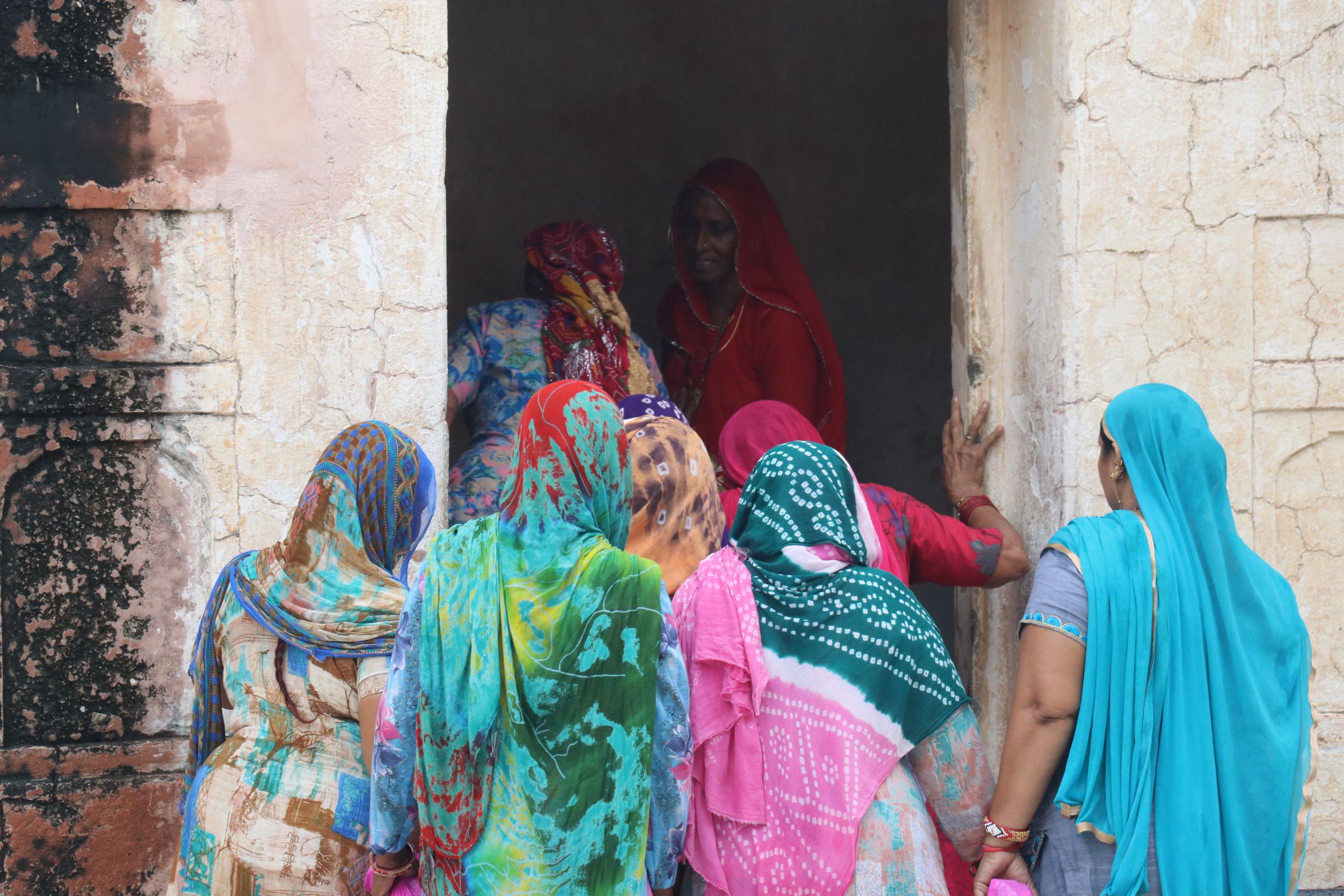
There are seven colours in a rainbow.
In India you are guaranteed to spot these, plus many more, countless times a day. Pink, red, yellow, green, blue, orange, purple. The list goes on.
The city of Jaipur in India’s state of Rajasthan is famously known as the Pink City. Everywhere you turn there is the same similar pale shade of pink cement in it's buildings, shop fronts, and stalls. But the city is much more than just the pink city.
It is a sea of an array of different colours from the beautiful saris they wear to the handcrafted goods and festival celebrations. Your eyes are instantly drawn to them and transfixed by the intensity of the bold colours. The vibrancy of India is not only seen in the colours but is reflected in the faces and smiles of the people.
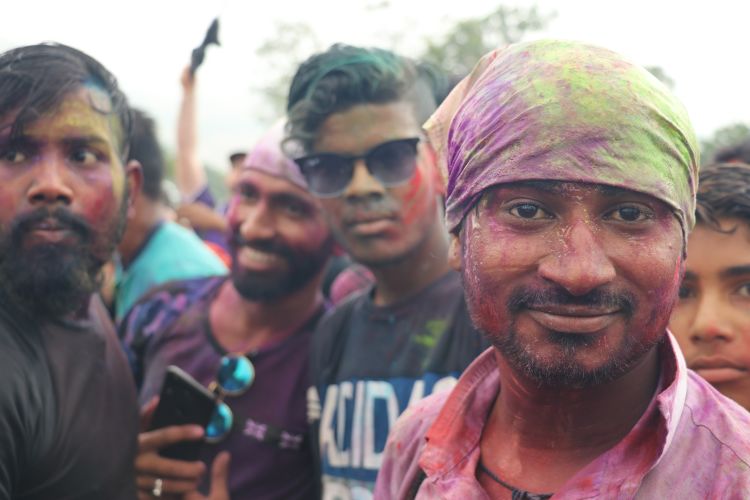
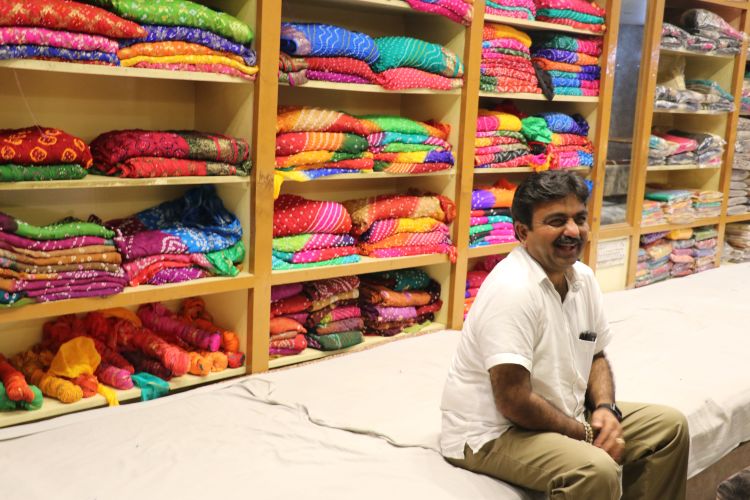
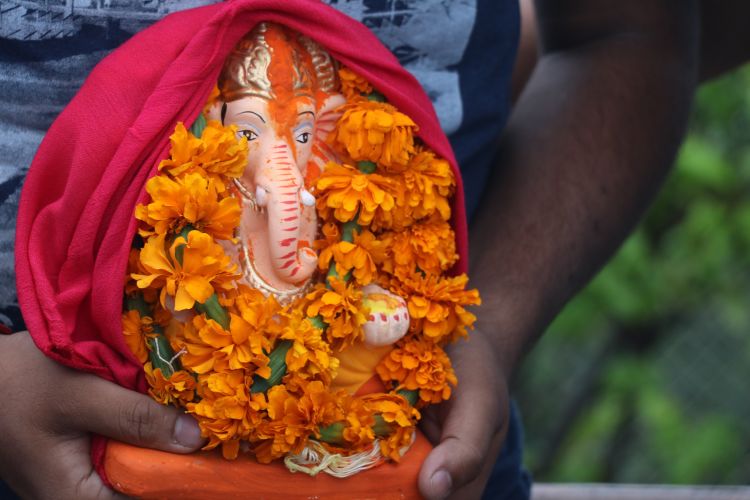
However, the colours of India extend far beyond an aesthetic goal.
They are ingrained in Indian culture, hold religious significance, and are closely associated with the Gods.
Each colour tells a story. They all have a different symbolic meaning and purpose that sometimes varies between Hindu, Muslim, and other religions.
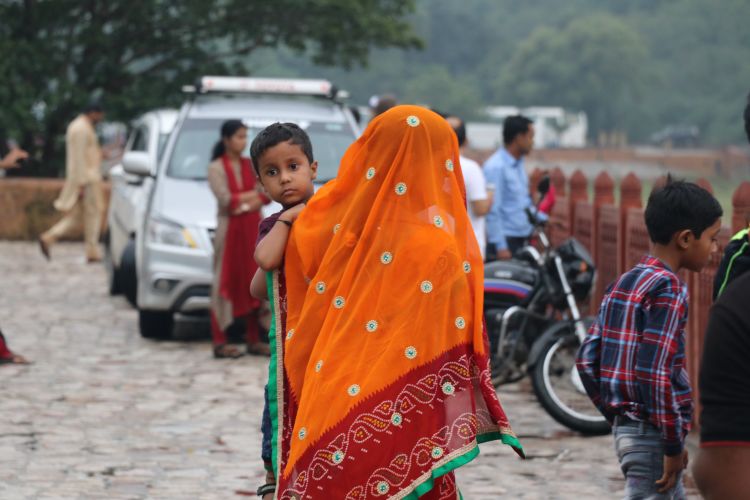
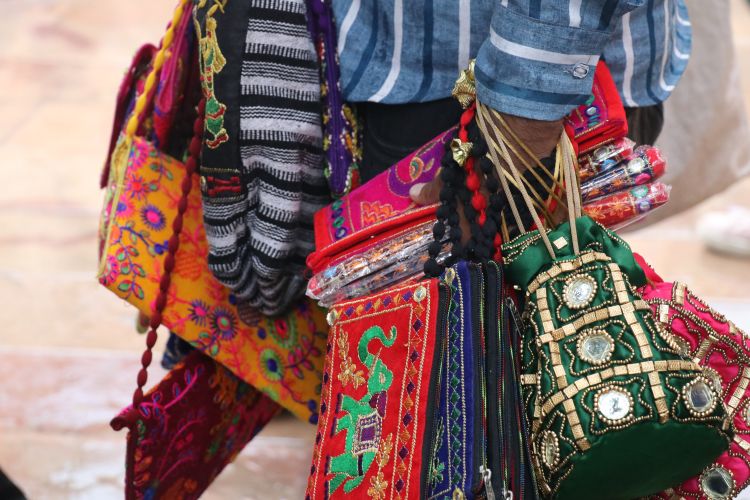
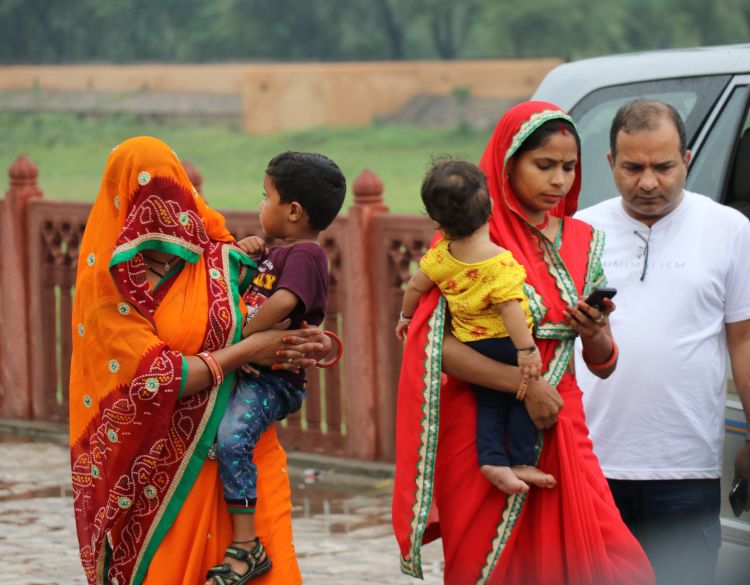
Orange, yellow, and saffron are some of the most common and eye-catching colours of India.
In Hindu religion, saffron is the most sacred colour. It represents fire and because impurities are burnt by fire it symbolises purity. It is said to be the colour of holy men and symbolises the quest for light.
Yellow represents knowledge, happiness, peace, competence, mental development, and meditation. Lord Krishna and Ganesha are also always depicted wearing yellow.
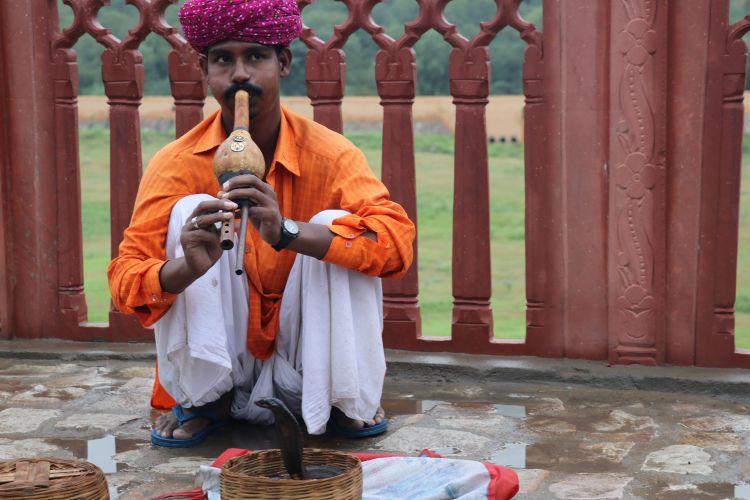
Red and pink are two more culturally and symbolically significant exuberant colours that are painted all over the streets of Jaipur.
Red is symbolic of purity and sensuality. In Hindu religion it is often used in marriages, festivals and other auspicious occasions. After death, women are often wrapped in red cloth prior to cremation.
A Jaipur local, Komalpreet, said "Red is worn by newly wedded girls so they’re suppose to wear red while getting married and wear red bangles that they are not allowed to remove after the marriage for a long time. Three months is compulsory, but some keep it for like two years"

Tour guide Devender Singh said, "Pink is holy. Red, orange and pink are holy colours for celebration time"
"Muslims give very much importance to green colour, there is a particular shade they use that Hindi people don’t like to wear because Hindus and Muslims do not get along," Komal Preet.
Green is a manifestation of Vishnu as he lived most of his life exiled in the forest. A widowed woman never wears green and there is no naturally green dye in India so dyers would double dip their material in indigo and turmeric or pomegranate peel to make vivid green dyes.

